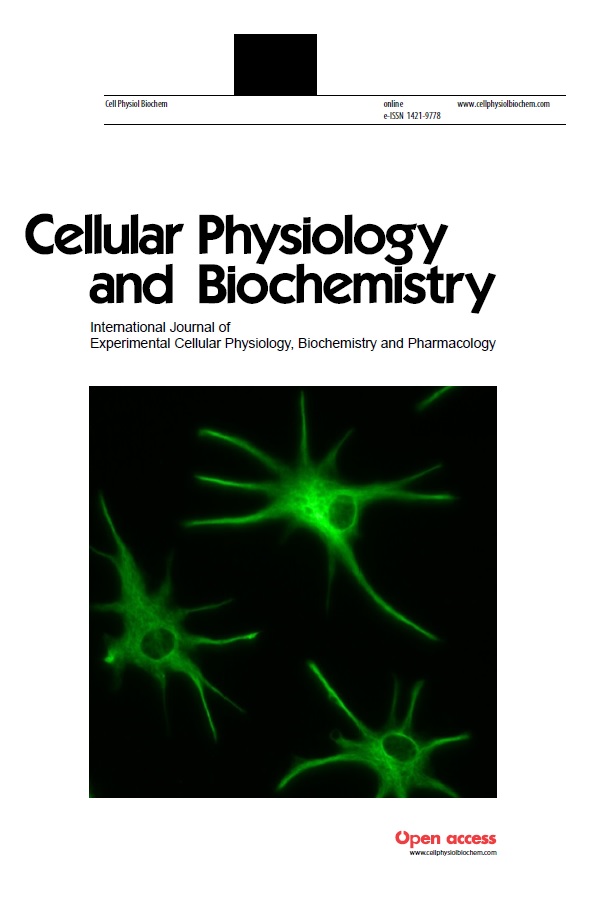
Photo from archive.org
Background/Aims: Reduced oxygen availability, hypoxia, is frequently encountered by organisms, tissues and cells, in aquatic environments as well as in high altitude or under pathological conditions such as infarct, stroke… Click to show full abstract
Background/Aims: Reduced oxygen availability, hypoxia, is frequently encountered by organisms, tissues and cells, in aquatic environments as well as in high altitude or under pathological conditions such as infarct, stroke or cancer. The hypoxic signaling pathway was found to be mutually intertwined with circadian timekeeping in vertebrates and, as reported recently, also in mammals. However, the impact of hypoxia on intracellular metabolic oscillations is still unknown. Methods: For determination of metabolites we used Multilabel Reader based fluorescence and luminescence assays, circadian levels of Hypoxia Inducible Factor 1 alpha and oxidized peroxiredoxins were semi quantified by Western blotting and ratiometric quantification of cytosolic and mitochondrial H2O2 was achieved with stable transfections of a redox sensitive green fluorescent protein sensor into zebrafish fibroblasts. Circadian oscillations of core clock gene mRNA´s were assessed using realtime qPCR with subsequent cosine wave fit analysis. Results: Here we show that under normoxia primary metabolic activity of cells predominately occurs during day time and that after acute hypoxia of two hours, administrated immediately before each sampling point, steady state concentrations of glycolytic key metabolites such as glucose and lactate reveal to be highly rhythmic, following a circadian pattern with highest levels during the night periods and reflecting the circadian variation of the cellular response to hypoxia. Remarkably, rhythms in glycolysis are transferred to cellular energy states under normoxic conditions, so that ADP/ATP ratios oscillate as well, which is the first evidence for cycling ADP/ATP pools in a metazoan cell line to our knowledge. Furthermore, the hypoxia induced alterations in rhythms of glycolysis lead to the alignment of three major cellular redox systems, namely the circadian oscillations of NAD+/NADH and NADP+/NADPH ratios and of increased nocturnal levels of oxidized peroxiredoxins, resulting in a highly oxidized nocturnal cellular environment. Of note, circadian rhythms of cytosolic H2O2 remain unaltered, while the transcriptional clock is already attenuated, as it is known to occur also under chronic hypoxia. Conclusion: We therefor propose that the realignment of metabolic redox oscillations might initiate the observed hypoxia induced attenuation of the transcriptional clock, based on the reduced binding affinity of the CLOCK/BMAL complex to the DNA in an oxidized environment.
Journal Title: Cellular Physiology and Biochemistry
Year Published: 2018
Link to full text (if available)
Share on Social Media: Sign Up to like & get
recommendations!